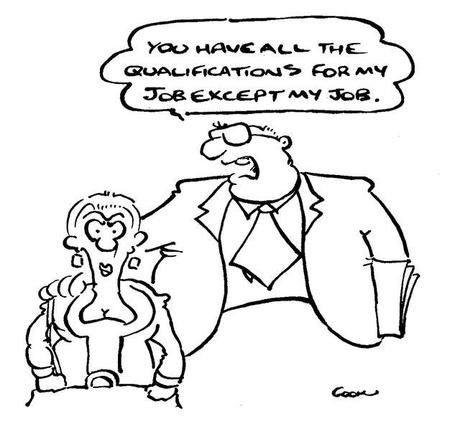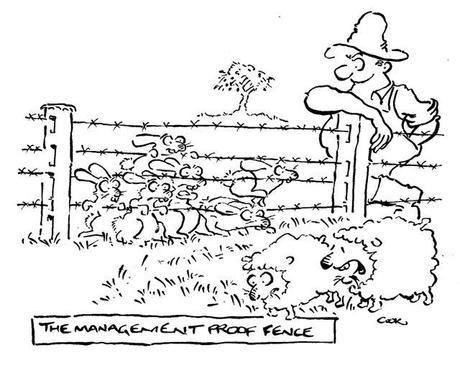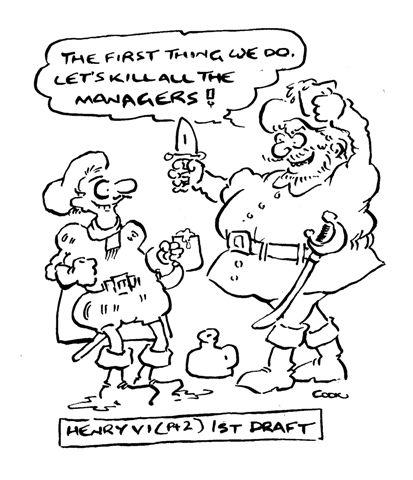
 Real change doesn’t start in the corner office.
Real change doesn’t start in the corner office.
Want to disempower someone? Just tell them exactly what to do, how to do it, and when to do it. Don’t tell them why it needs to be done. Avoid any reference to the importance of their input, and never ask if they have any ideas on how it might be done differently.
Command and control had a good run through the industrial revolution. It didn’t start running out of steam until the middle of last century. Even today it persists as a leadership option, often clothed in jargon about complexity and the need for simplicity. Got a problem? Don’t worry; we’ll sort it out with a new policy.
Yet some of the best innovation comes from the people at the coalface. Allowed to make their own decisions and get on with it, they can quickly come up with solutions to manage a pressing issue or solve a customer’s problem.
Management-free management

Charlesworth’s tactic was not to eliminate leaders, but to acknowledge that everyone on the team was one. His definition of the team structure was “leaderful”. At critical moments, each player is in charge of the game.
In business, leadership is the management fad du jour. Talkfests focus on building engagement and empowering employees, yet the biggest contributors to progress are rarely in the leadership group.
What if we turn this on its head?

What’s more, they are given the power to take whatever action is appropriate to achieve their mission. They can hire, spend, and negotiate with colleagues.
The result? An engaged workplace characterized by lower costs, less politics, better decisions, greater initiative and increased flexibility. Pretty much the opposite of disempowerment.
This is not just a private sector issue.
The disconnect between leaders and led is just as obvious in the public service, possibly even more so. Hemmed in by political correctness and compliance demands, bureaucrats regularly opt for “one size fits all”.
Yet recent experiments in education have shown that handing policy and decision-making back to schools invariably leads to better educational outcomes, even in the toughest school districts.
The power of more than one
Growing complexity does not demand the guidance of one wise leader. There is too much going on. What’s required is engaged people able to respond to shifts in the playing field at all levels and handle issues as they arise.
Leadership today is not so much about leading; it’s more about encouraging leadership amongst us all, be it on the hockey field, in the classroom or processing tomatoes.



